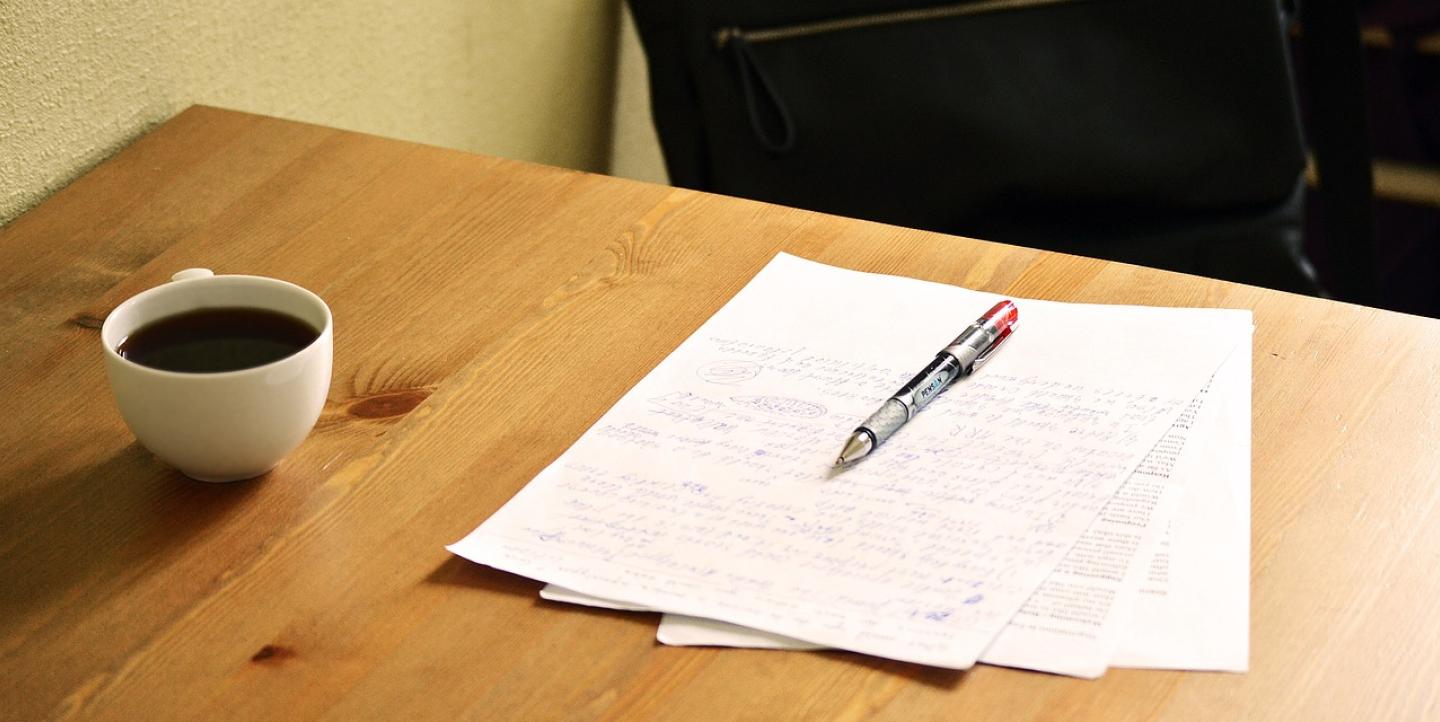Journalism is about bringing stories to the public. And for freelancers, a crucial part of the reporting process is securing commissions. Building successful working relationships with editors is imperative, as a result.
However, establishing a more consistent rapport with a newsroom might require exceeding the fundamental expectation of just pitching good ideas. In a competitive industry facing a decline in staff jobs and increasingly relying on outside contributors, understanding the nuances of a writer-editor partnership can make a difference in landing regular work.
Although navigating this professional dynamic can feel daunting, Tim Herrera, former editor at The New York Times and founder of Freelancing with Tim, challenges a common misconception: “It can sometimes feel like [the] editor is just this huge person that you can never cross [or] upset. But that's just not the case. Editors need freelancers as much as freelancers need editors.”
This is a refreshing and empowering perspective for independent journalists, especially emerging ones, as it encourages them to confidently approach new publications, including major titles. “Working with students or writers who don't have a lot of experience, to help them develop their skills and become better journalists, [is] the most rewarding part of being an editor. So, don't be scared to swing for the fences,” he said.
With 25 years of experience across Australia, the Middle East and the U.K., freelance editor and writer Georgia Lewis stressed how a successful writer-editor relationship is rooted in respect. “Respect for the deadline, the house style and the brief by the freelancer,” she said. “And respect for the freelancer's time, experience and expertise by the editor.”
But what makes a journalist truly stand out in the eyes of an editor, aside from presenting a compelling and suitable story idea? Herrera and Lewis provided tips based on their extensive experience and insights to answer this question.
Here’s what they shared:
Reliability and consistency
Editors value dependable freelancers. While writing and reporting skills are teachable and can be honed over time, reliability is a crucial asset, according to Herrera. "The best writers I had, and would go to, were writers who I knew could deliver," he said. This means meeting deadlines and expectations.
Although it's an editor's job to attune an article to a publication's style, interests and readership, he explained, showing an understanding of these aspects can help a freelancer stand out. Building this sort of reputation can make a journalist a preferred choice, especially in time-sensitive situations.
Collaborative brainstorming
Overcoming the sense of intimidation and establishing trusting partnerships with editors can bring about more than just assignments. It creates a collaborative foundation to discuss ideas and refine angles to ultimately deliver better work together.
“Getting to the point where you are comfortable sharing even just a tiny little thought [with an editor]: that’s where some of the best stories that I published at The New York Times came from,” said Herrera.
Appropriate submissions
Generally, it's best to avoid sending a complete draft with a pitch. As Herrera explained: "When you [do this], the implicit message you're sending is: the story is done." Editors may believe there is little they can add or modify, potentially leading to a missed opportunity for collaboration.
However, there are two notable exceptions to this, Herrera noted: opinion pieces and personal essays. The former usually needs a full draft to convey the argument, while a more fleshed-out pitch might be enough to develop the first-person narrative of the latter. By tailoring their approach to each submission, freelancers can increase their chances of catching an editor's eye.
Understanding of the publication
Lewis advised against a frequent oversight that freelancers should avoid: not familiarizing themselves with the publication they are pitching to.
"Read the publication before pitching. You'd be amazed how often freelancers pitch something completely inappropriate,” she said. “The most shocking example happened when I edited a luxury lifestyle magazine for the African market. A freelancer pitched me with an idea that was [completely] insulting for a cosmopolitan, educated readership.”
Effective time management
Timely delivery can be almost as important as the quality of work. Although deadlines should be reasonable, sometimes a fast turnaround is needed, said Lewis: “Ideally, that's the exception, not the rule. Organized editors don't have to impose cruel deadlines too often."
If you're going to struggle with a turnaround, she recommended letting the editor know sooner rather than later. People understand that life can happen, and this approach demonstrates transparency, professionalism, and consideration for the publication's overall content flow.
Open communication and feedback
Freelancers should feel confident offering feedback or even challenging an editor's vision if they believe it could enhance a story. "Good editors want you to push back and want to hear what you're thinking," said Herrera.
He noted that if your pitch turns into something you don't want to write, you can always walk away. It's a balancing act between keeping your voice and embracing editorial wisdom. "Don't be afraid to share [a new or different] angle with the editor but, equally, don't argue [if] they want to stick to the original brief," Lewis added.
Flexible dynamics
"The best relationships I've had [have] been when the freelancer takes the time to understand the brief, isn't afraid to ask questions if something is unclear or the article takes an unexpected turn," said Lewis.
This is especially important when dealing with evolving stories or new developments from interviews or further research. Both freelancers and editors need to navigate the dynamic nature of news and storytelling together to deliver the best possible work.


